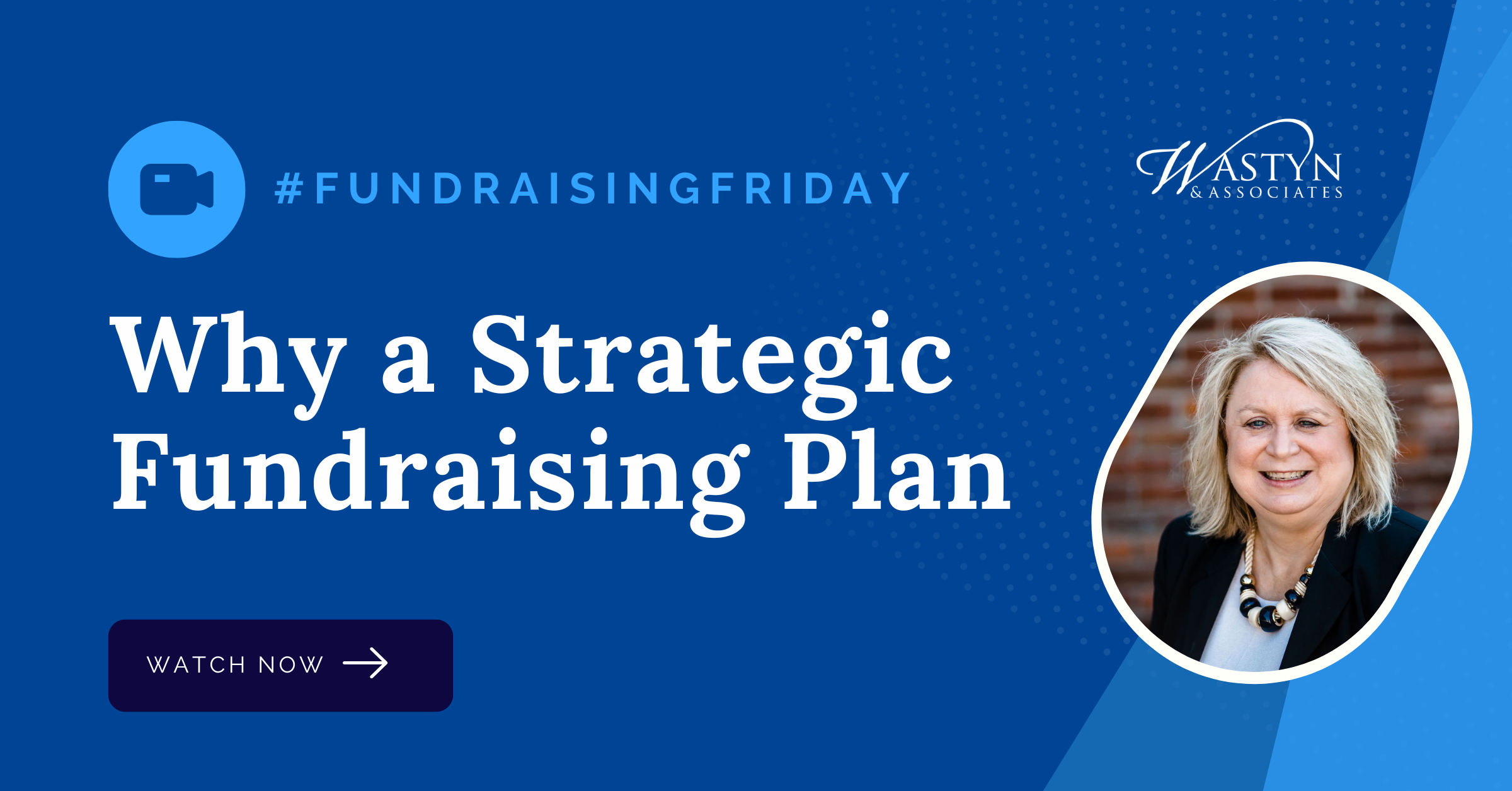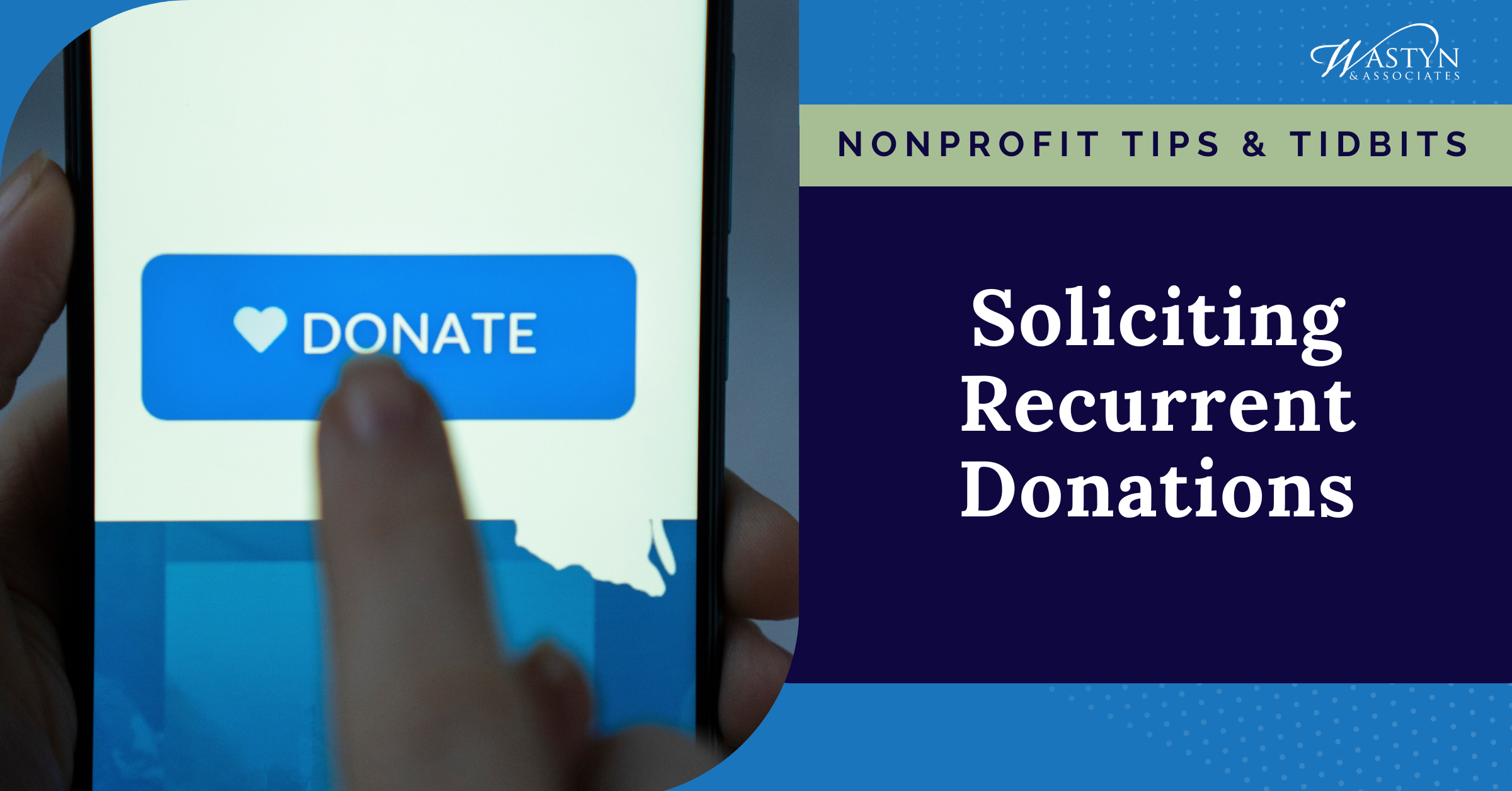The State of Quad Cities Nonprofits: Six Months into the Pandemic
Last summer, I conducted a survey that examined the state of Quad City nonprofits after a quarter of a year living under the pandemic. Since then, we have witnessed racial and civil unrest unlike anything I’ve seen in my lifetime, a derecho that knocked out power and caused significant damage across the region, and an increasingly polarizing election season that has only recently wound toward a resolution.
So, data geek that I am – and with the encouragement of some local funders – I once again surveyed local nonprofits to learn how they have fared as we complete another three months under the economic, social, and physical impacts of the pandemic and the other crises that have defined 2020.
One hundred and four nonprofits completed the survey during the second half of October. Of these, 85% came from the Quad Cities. Slightly more than one-third represented the human services sector with 20% each from arts and culture and education, 13% from health, 12% from community and economic development, and 2% from religious organizations. Representation of the different sectors pretty much mirrors that seen nationally and in the summer survey, with a couple fewer educational institutions and a few more community or economic development agencies participating this time.
So, what did the survey reveal about the current state of Quad Cities nonprofits?
Nearly three-quarters of nonprofits still operate at or beyond pre-pandemic capacity. That’s great news! Only 24% significantly cut services or stopped operating. Of those who cut services, not surprisingly, arts and culture organizations did so at twice the rate of nonprofits in any other sector. On the other side of the spectrum, more than 25% became busier. Nearly two-thirds of these (18% overall) have struggled to meet their increased demand; most of these come from human service agencies.
Two-thirds have raised less money than during this time last year. Of those who raised the same amount or more, 58% represented health organization and 38% human services.
Nearly half are not confident they will reach their 2020 fundraising goal including more than one-third of the responding educational institutions who expressed no confidence they will reach their goals. Interestingly, nationally most colleges believe they will hit their goal.
Two-thirds of nonprofits have lost revenue beyond fundraising from earned income, other non-philanthropic sources, partnerships, contracts, or lost endowment earnings. Only 19% increased their non-philanthropic income.
Half of nonprofits have cut their budgets; another 20% anticipate cutting it in the next 3-6 months. Half of health organizations have not cut their budget and do not anticipate doing so followed by 38% of human service agencies, 24% of educational institutions, and only 13% of arts and cultural nonprofits.
Nearly 60% of organizations have cut staff through furloughs, layoffs, or attrition. Interestingly, 87% of health organizations have cut staff as have 64% of education-related nonprofits and 58% of human service agencies but only 53% of arts and cultural organization. Back in June, 70% of local nonprofits felt they would not have to cut staff; unfortunately, that prediction did not come to fruition.
The pandemic has taken a significant toll on nonprofit staff. Nearly 80% worry about their personal health and safety; nearly 70% have challenges meeting personal responsibilities brought on by the pandemic. 29% have staff who voluntarily left the organization because of the impact of the pandemic including 75% of the health care organizations in the survey. 26% have staff who chose to cut their hours because of the impact of the pandemic including 58% of the health care organizations in the survey. The pandemic has seriously hurt the local health care workforce.
Thankfully, nearly 90% of respondents felt prepared to handle the stresses on their staff. 43% of organization reported successfully adapting and providing flexibility to their employees, although human services agencies fall behind with only 28% offering employees flexibility.
With no clear indication when the pandemic will end or if more stimulus or emergency money will become available to residents or nonprofits, what can you do – today and tomorrow – to successfully maneuver during these times? I hosted a board chair workshop a few weekends ago for Forefront, and Lily Blouin, their Regional Coordinator for Statewide Partnerships, shared a particularly appropriate quote that I think summarizes 2020 and your way through and past it:
“Incredible change happens in your life when you take control of what you do have power over instead of craving control over what you don’t” (Steve Maraboli, Life, the Truth, and Being Free)
So, how can you take control for you and your staff?
Take care of yourself and your staff. Staff health, safety, and stress emerged as top concerns as did workloads and budget woes. You cannot care for your staff, agency, or clients when you live in a state of constant stress. In addition to the great tips offered by Angie Kendall and Jennifer Vondracek back in 2018 when they worked at the Child Abuse Council, I follow Arianna Huffington’s free Thrive Global email newsletter that sends me 5 tips each day for reducing stress and living my best life.
Stay knowledgeable. Information about the pandemic seemingly changes hourly and contradicts what you last heard, making it hard to stay on top of everything. Locally, I rely on information from the Scott and Rock Island county health departments for health information and from the Quad Cities Chamber for resources and government response. If you come from somewhere other than the Quad Cities, check out your local health department and Chamber of Commerce for similar information. Or read ours; they are pretty great!
Connect with each other. Just because we cannot (or should not) gather in person does not mean we have to stay isolated. Reach out to colleagues, arrange a virtual coffee break or lunch date, or just call someone to chat. Talking to someone in your same boat can help, a lot.
What can you control for your organization?
Ask for money! A recent report in the Chronicle of Philanthropy found that giving increased by 7.5% in the first half of 2020 compared to 2019 with the second quarter posting a five-year high in the number of donors and contributions. If you have raised less, you have not asked enough.
Launch an aggressive year-end giving campaign. If you let the pandemic and economy scare you away from a campaign this year, plan one now! In a typical year, 30% of all gifts get made in December. A recent study reported in the Chronicle of Philanthropy found that this year 80% of donors plan to give more or the same in December compared to 2019. Check out my website for a bunch of blog and vlog posts on how to best message your year-end giving campaign.
Learn to manage change rather than fight it or let it manage you. As much as we all hope to wake up on January 1, 2021, with the world back to “normal,” it will not happen. So, figure out the best way to manage yourself, your staff, and your organization through this change.
What resources do you use that will benefit others?










With 30% of all donations made during the month of December, how you finish the year with your appeal strategy might make or break your fund development goals and your organization's budget. These tips can help you end the year strong to maximize the revenue you raise.